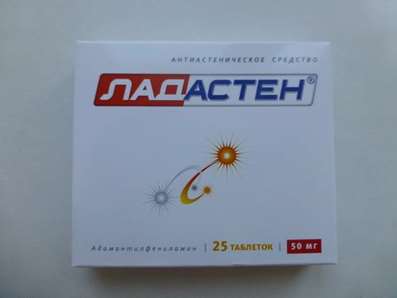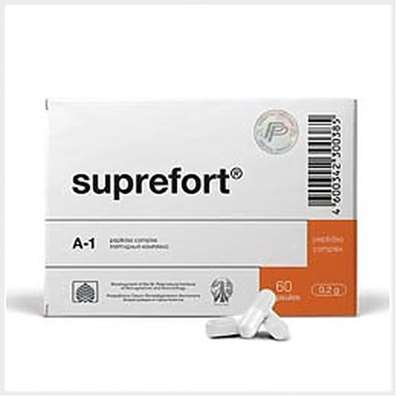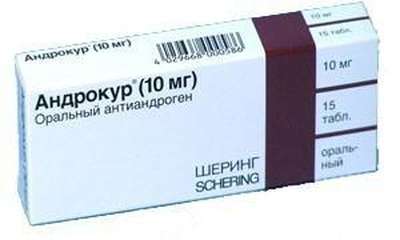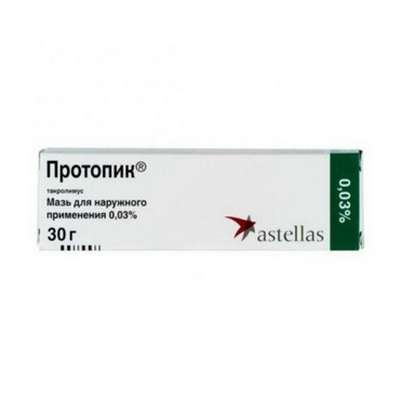Instruction for use: Diphenhydramine + Naphazoline + Zinc sulfate (Diphenhydraminum + Naphazolinum + Zinci sulfas)
I want this, give me price
Pharmacotherapeutic group:
H1-antihistamines in combination
Alpha-adrenoceptor agonists in combination
Ophthalmic agents in combination
The nosological classification (ICD-10)
H10.1 Acute atopic conjunctivitis
Allergic conjunctivitis, Allergic eye disease, Allergic conjunctivitis, Allergic conjunctivitis is caused by chemical and physical factors, Allergic rhinoconjunctivitis,Allergic inflammation of the eye, Spring catarrh, Spring keratitis, Spring conjunctivitis, allergic Conjunctivitis, Perennial allergic conjunctivitis,Exacerbation of pollen allergy in the form of Syndrome rinokonyunktivalnogo, Acute allergic keratoconjunctivitis, Acute allergic conjunctivitis,Superficial bacterial eye infections,rhinoconjunctivitis, Seasonal allergic conjunctivitis, Seasonal conjunctivitis, Sennoz, Chronic allergic keratoconjunctivitis, Chronic allergic conjunctivitis
H10.2 Other acute conjunctivitis
angular conjunctivitis
H10.4 Chronic conjunctivitis
Chronic allergic conjunctivitis, Chronic inflammation of the conjunctiva, Papillary conjunctivitis, phlyctenular keratoconjunctivitis
H10.5 blepharoconjunctivitis
Chronic blepharoconjunctivitis, blepharoconjunctivitis, stafillokokk blepharoconjunctivitis
H57.8 Other unspecified disorders of the eye and adnexa
Intraocular hemorrhage, Inflammatory eye disease, Secondary bloodshot eyes, Burning sensation in the eyes, Protecting the front surface of the eye, Itchy eyes, Xerosis, Itching and burning eyes, Dry eye syndrome, Dry eye, xerophthalmia
Characteristic
Combined preparation for local use.
Pharmacology
Pharmacological effect
anti-allergic, antiseptic, anti-inflammatory topical.
Diphenhydramine - blocker of H1-histamine receptors. Decreases capillary permeability and prevents swelling of tissues. Naphazoline - sympathomimetic. It provides rapid, pronounced and prolonged vasoconstrictor effect. Reduces edema and hyperemia of the mucous membranes. Zinc sulphate has an astringent, a drying, anti-inflammatory and antiseptic action.
Indications
Chronic non-specific, allergic conjunctivitis and Blepharoconjunctivitis, angular conjunctivitis, eye tissue irritation symptoms (redness, itching, foreign body sensation).
Contraindications
Hypersensitivity, angle-closure glaucoma, the syndrome of "dry eye", pregnancy, lactation, children's age (up to 2 years).
Restrictions apply
Prostatic hyperplasia, stenosis of gastric and duodenal ulcers, bladder neck stenosis, asthma, epilepsy, hypertension, marked atherosclerosis, hyperthyroidism.
Side effects
Local reactions: a slight burning sensation, allergic reactions, reactive hyperemia and mucosal edema eyes; dryness of mucous membranes and numbness, paresis of accommodation.
Systemic reactions: tachycardia, increased blood pressure, nausea, headache, photosensitivity, drowsiness, weakness, decreased psychomotor speed, incoordination, dizziness.
Interaction
In a joint application with drugs that stimulate the central nervous system - the relative decline in action on the central nervous system. Naphazoline slows the absorption of local anesthetics. zinc sulfate with other pharmaceutically compatible salts of Zn2 +, salts with Ag +, quinine ihtammolom, citral, silver proteinate (Protargol), alkaline reacting substances. It should not be used concurrently with MAO inhibitors and within 10 days after the termination of their admission.
Routes of administration
Locally.
Precautions
Be wary of during the drivers of vehicles and people skills relate to activities that require high concentration and psychomotor speed reactions (within 10-15 minutes after instillation may decrease visual acuity). If within 72 hours after application of the combination of symptoms is not observed decrease, its use should be discontinued.
special instructions
To avoid contamination of the solution, store the vial tightly closed and avoid contact between the tip of the bottle with any surface.

 Cart
Cart





